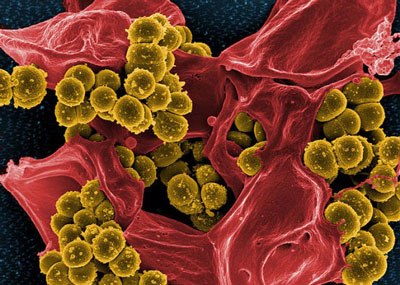 Biologists at the University of California, San Diego have developed a revolutionary new method for identifying and characterizing antibiotics, an advance that could lead to the discovery of new antibiotics to treat antibiotic resistant bacteria.
Biologists at the University of California, San Diego have developed a revolutionary new method for identifying and characterizing antibiotics, an advance that could lead to the discovery of new antibiotics to treat antibiotic resistant bacteria.
Sep 18th, 2013
Read more
University of California, San Diego bioengineering professor Gert Cauwenberghs has been selected by the National Science Foundation to take part in a five-year, multi-institutional, $10 million research project to develop a computer vision system that will approach or exceed the capabilities and efficiencies of human vision.
Sep 18th, 2013
Read more
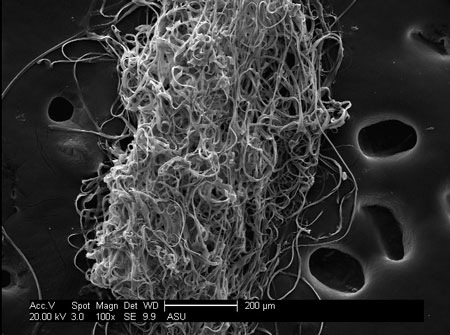 Bug spray, citronella candles, mosquito netting - most people will do anything they can to stay away from insects during the warmer months. But those creepy crawlers we try so hard to avoid may offer substantial solutions to some of life's problems.
Bug spray, citronella candles, mosquito netting - most people will do anything they can to stay away from insects during the warmer months. But those creepy crawlers we try so hard to avoid may offer substantial solutions to some of life's problems.
Sep 18th, 2013
Read more
Researchers at Case Western Reserve University have developed an easy and versatile way of forming physical and biochemical gradients in three dimensions -- a step toward identifying the recipes that induce stem cells to generate specific tissues, including multiple tissues, such as a bone-cartilage interface. Ultimately, one of their goals is to engineer systems to manipulate stem cells to repair or replace damaged tissues and organs.
Sep 18th, 2013
Read more
Second Annual G-Prize will award 1 million base pairs of custom designed DNA.
Sep 17th, 2013
Read more
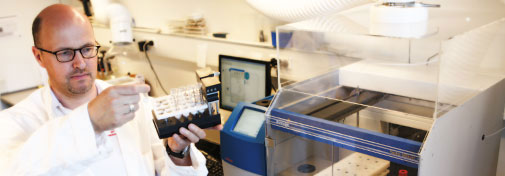 A gentler new chemistry promises cleaner and subsequently far safer pharmaceuticals. Knud J. Jensen, who developed the ground-breaking method at the University of Copenhagen, is convinced that the method will become pivotal in the development of new pharmaceuticals.
A gentler new chemistry promises cleaner and subsequently far safer pharmaceuticals. Knud J. Jensen, who developed the ground-breaking method at the University of Copenhagen, is convinced that the method will become pivotal in the development of new pharmaceuticals.
Sep 16th, 2013
Read more
Scientists at the University of Groningen have developed an antibiotic whose activity can be controlled using light. It is possible to 'switch on' the substance immediately before use, after which it will slowly lose its activity.
Sep 16th, 2013
Read more
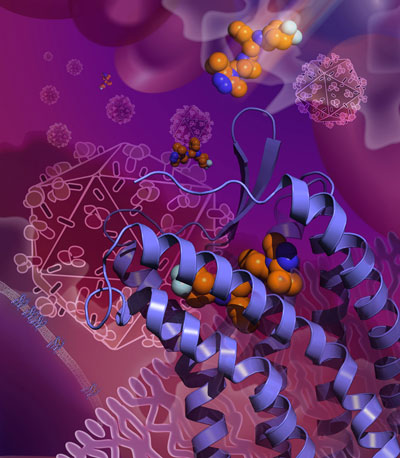 A team of Chinese and US scientists has determined the high-resolution atomic structure of a cell-surface receptor that most strains of HIV use to get into human immune cells. The researchers also showed where maraviroc, an HIV drug, attaches to cells and blocks HIV's entry.
A team of Chinese and US scientists has determined the high-resolution atomic structure of a cell-surface receptor that most strains of HIV use to get into human immune cells. The researchers also showed where maraviroc, an HIV drug, attaches to cells and blocks HIV's entry.
Sep 12th, 2013
Read more
On September 12th in her inaugural address upon taking up the post of Special Professor of Marine Biotechnology at Wageningen University Prof. Dr Shirley Pomponi will present how marine animals use a broad range of fine chemicals to defend themselves against infection, overgrowing and other threats. Her effort is to identify these chemicals, to let them be produced in a sustainable way and to develop innovative bioproducts for human health.
Sep 12th, 2013
Read more
The marriage of molecular biology and material science leads to biomaterials that are stronger than most plastics.
Sep 11th, 2013
Read more
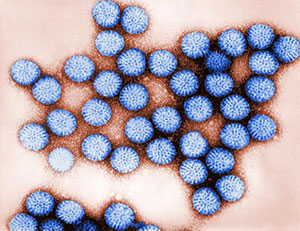 A technique for analyzing specific T-cell responses could pave the way for more rationally designed vaccines.
A technique for analyzing specific T-cell responses could pave the way for more rationally designed vaccines.
Sep 11th, 2013
Read more
For the first time, scientists from the Florida campus of The Scripps Research Institute (TSRI) have been able to erase dangerous drug-associated memories in mice and rats without affecting other more benign memories.
Sep 10th, 2013
Read more
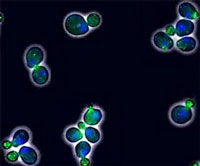 Introducing four genes from bacteria and spinach has enabled researchers at the Delft University of Technology to improve the production of bioethanol with yeast by using carbon dioxide.
Introducing four genes from bacteria and spinach has enabled researchers at the Delft University of Technology to improve the production of bioethanol with yeast by using carbon dioxide.
Sep 10th, 2013
Read more
Scientists' discovery opens doors to developing new therapies to eradicate tumour cells and combat infections.
Sep 10th, 2013
Read more
A team of scientists at Karolinska Institutet and Harvard University has taken a major step towards treatment for heart attack, by instructing the injured heart in mice to heal by expressing a factor that triggers cardiovascular regeneration driven by native heart stem cells. The study, published in Nature Biotechnology, also shows that there was an effect on driving the formation of a small number of new cardiac muscle cells.
Sep 8th, 2013
Read more
Flagship VentureLabs announced that Midori Renewables is globally deploying their Breaking the Biomass Barrier technology, a novel catalyst that melts non-food biomass into low cost sugar, enabling the production of many valuable renewable products and animal feed.
Sep 5th, 2013
Read more
 Brown algae contain phlorotannins, aromatic (phenolic) compounds that are unique in the plant kingdom. As natural antioxidants, phlorotannins are of great interest for the treament and prevention of cancer and inflammatory, cardiovascular and neurodegenerative diseases. Researchers have recently elucidated the key step in the production of these compounds in Ectocarpus siliculosus, a small brown alga model species.
Brown algae contain phlorotannins, aromatic (phenolic) compounds that are unique in the plant kingdom. As natural antioxidants, phlorotannins are of great interest for the treament and prevention of cancer and inflammatory, cardiovascular and neurodegenerative diseases. Researchers have recently elucidated the key step in the production of these compounds in Ectocarpus siliculosus, a small brown alga model species.
Sep 5th, 2013
Read more
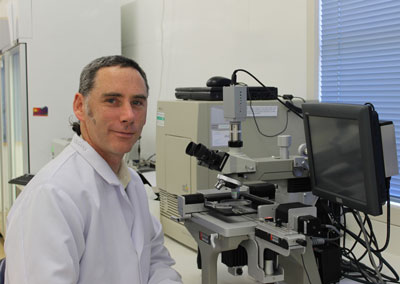 Imagine being able to take a drug that can reduce the rate at which you age. Research by Massey University senior lecturer in genetics Dr Austen Ganley is making this dream one step closer to reality.
Imagine being able to take a drug that can reduce the rate at which you age. Research by Massey University senior lecturer in genetics Dr Austen Ganley is making this dream one step closer to reality.
Sep 5th, 2013
Read more
 Biologists at the University of California, San Diego have developed a revolutionary new method for identifying and characterizing antibiotics, an advance that could lead to the discovery of new antibiotics to treat antibiotic resistant bacteria.
Biologists at the University of California, San Diego have developed a revolutionary new method for identifying and characterizing antibiotics, an advance that could lead to the discovery of new antibiotics to treat antibiotic resistant bacteria.
 Subscribe to our Biotechnology News feed
Subscribe to our Biotechnology News feed





